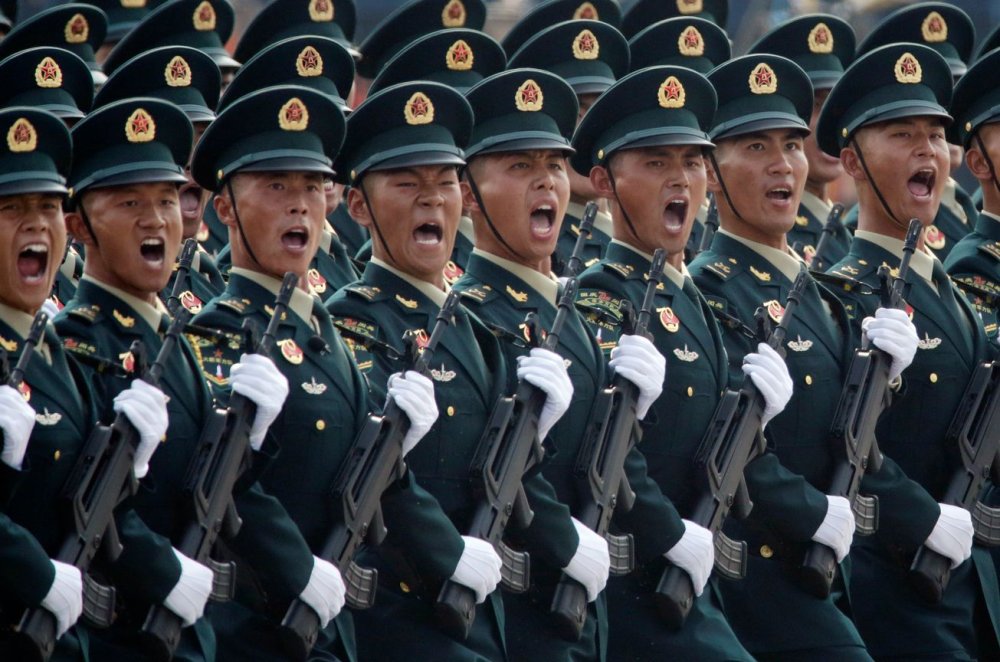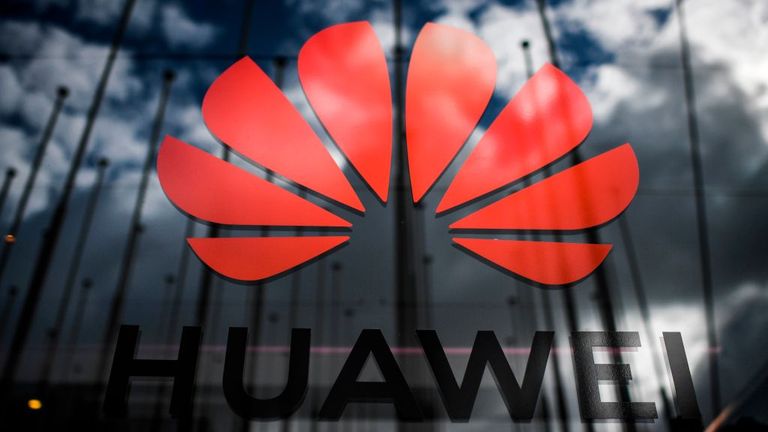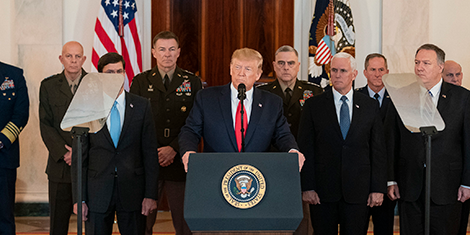By Arindrajit Basu, Justin Sherman
 The Indian government finally introduced its Personal Data Protection Bill in Parliament on Dec. 11, 2019, after more than two years of fierce debate on the bill’s provisions. Rather than pushing to immediately pass this hugely significant bill, India’s minister of information technology, Ravi Shankar Prasad, referred it for scrutiny to a joint parliamentary committee. After the committee publishes a report on the bill, it will then be debated in the Indian Parliament—and, given the huge majority the ruling coalition has in both houses, likely passed—in 2020.
The Indian government finally introduced its Personal Data Protection Bill in Parliament on Dec. 11, 2019, after more than two years of fierce debate on the bill’s provisions. Rather than pushing to immediately pass this hugely significant bill, India’s minister of information technology, Ravi Shankar Prasad, referred it for scrutiny to a joint parliamentary committee. After the committee publishes a report on the bill, it will then be debated in the Indian Parliament—and, given the huge majority the ruling coalition has in both houses, likely passed—in 2020.
This bill has implications far beyond India, as the country seeks to develop a comprehensive data governance framework that would affect virtually any company attempting to do business in India. India—thanks to its population size, gross domestic product and influx of new internet users—has a unique ability to exercise leverage over multinational tech companies and shape global policy.
As many countries begin to construct data governance regimes, this bill will have an important role in shaping the regulation governing today’s increasingly data-driven geopolitical landscape. All the while, the bill contains some elements of the protectionist and authoritarian-leaning data policies that are cropping up around the world as some countries attempt to curtail the global and open internet.










